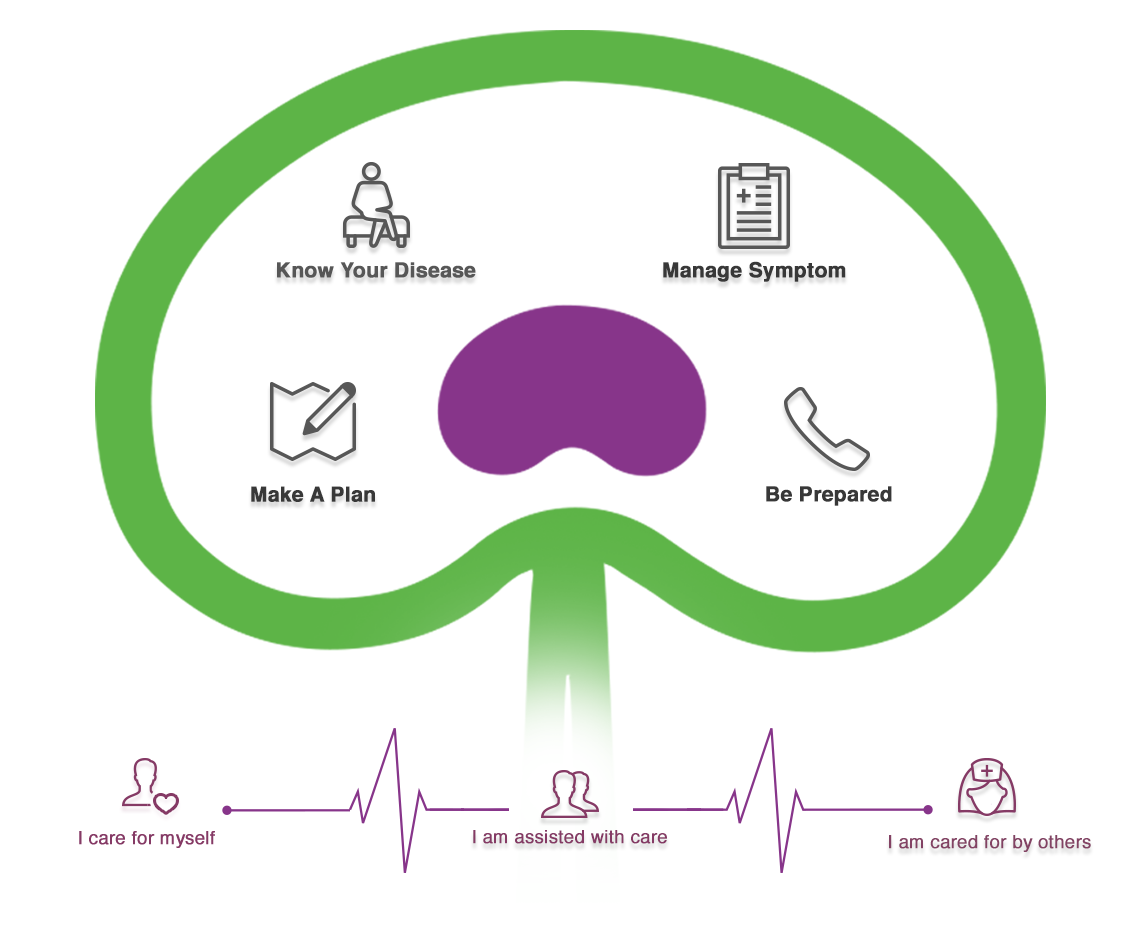Neuropathic Pain
Neuropathic pain is commonly described as numbness, tingling, burning, stabbing, shooting.
- Patients with chronic kidney disease may experience pain from a variety of causes. They might have neuropathic and/or nociceptive (musculoskeletal) pain.
- Consider using the Follow-up Pain Assessment Tool weekly to monitor effect of pain management.
- See: Pain Patient Handout
1st Line
- Gabapentin 50 - 100* mg PO nightly. If not effective, it can be further titrated by 100 mg every 7 nights to a maximum of 300 mg PO nightly. It should be taken 2 - 3 hours before bed due to delay of peak onset. Note that gabapentin is not commercially available in 50 mg capsules, but can be compounded for patients if the recommended low starting dose is desired. The most common side effects are drowsiness, dizziness, confusion, and fatigue. Peripheral edema may also be a side effect.
- or
- Pregabalin 25 mg PO nightly. Titrate by 25 mg every 7 nights to a maximum of 75 mg PO nightly. It should be taken 2 hours before bedtime. Similar to gabapentin, but more expensive and not covered by Seniors’ or Basic Alberta Blue Cross plans. Other private plans may cover the cost. Potential side effects are similar to those of gabapentin.
- or
- Carbamazepine 100 mg PO daily. Titrate by 100 mg every 7 days to a maximum of 1200 mg PO daily. It can be given in divided doses twice daily. May be as effective as gabapentin with fewer side effects.
2nd Line
- TCA antidepressant (unless contraindications i.e. conduction abnormalities on ECG, or excess weight gain)
- For example, amitriptyline (Elavil) 10 - 25 mg PO daily (max dose 75 mg daily). Titrate by 10 - 25 mg every week as required.
Is pain now adequately controlled?
Yes: Reassess at least monthly using the Follow-Up Pain Assessment Tool
No benefit: STOP Adjuvant and START Non-Opioid/Weak Opioid (Step 2)
Some benefit but inadequate: ADD Non-Opioid/Weak Opioid (Step 2)
Due to the pharmacokinetics and pharmacodynamics, there are no recommended weak opioid agents for the treatment of neuropathic pain.
Acetaminophen (Tylenol)
- 500 - 1000 mg PO q6 - 8 hours (max 3 grams/24hrs)
Is pain now adequately controlled?
Yes: Reassess at least monthly using the Follow-Up Pain Assessment Tool
Inadequate: ADD Strong opioid (Step 3)
Consider completing an opioid risk tool and order a bowel routine (See: Constipation Guideline). Start with low doses and titrate slowly to effect.
Hydromorphone (Dilaudid)
- 0.5 - 1.0 mg PO q4h (or 0.2 mg subcutaneously)
- Due to the accumulation of metabolites, monitor closely for adverse effects.
Fentanyl Transdermal Patch
- For controlled pain
- 12 mcg/h q72hours
- Not recommended in opioid naïve patients (Opioid Conversion Table)
- Also available sublingually/subcutaneously
Buprenorphine Transdermal Patch
- For controlled pain
- 5 mcg/h q7days (Opioid Conversion Table)
- Is not covered by Alberta Blue Cross
- Access may be limited
Methadone
- 1 - 2 mg/day PO
- Consider referral to Palliative Care
- Requires specific education and licensing by CPSA
Considerations for Opioid Titration:
- Ongoing pain re-assessment is critical.
- Titrate analgesics every 3-7 days as needed and tolerated. Slower titration may be required.
- Titrating up the regular Opioid dose:
- Add the total amount of opioid used in the last 24 hours (regular and breakthrough doses). Divide the total dose by 6, and prescribe this amount q4H, OR
- For ongoing pain exceeding patients pain control targets, adjust as follows:
- For pain rated 3 - 6, inrease dose of opioid by 25%
- For pain rated 7 - 10, increase dose of opioid by 50%
- Breakthrough (PRN) dose prescription: 10% of total 24 hour opioid dose q 1 - 2 hrs PRN.
- If the patient is also taking benzodiazepines, consider titrating down the dose, while opioids are being increase. If not, titrate opioids more slowly.
Is pain now adequately controlled?
Yes: Reassess at least monthly using the Follow-Up Pain Assessment Tool
Considerations at End of Life:
In the last days of life, see the End of Life Pain Algorithm
- Constipation Guideline
- Opioid Conversion Table (for patients on chronic opioids)*
- Follow-Up Pain Assessment Tool
- Initial Pain Assessment Tool
- End of Life (Last Days/Weeks) Pain Algorithm
- Pain Patient Handout
- Nociceptive Pain Guideline
- Crisis Action Plan
- Acronym Legend
- Translated Patient Education Materials



